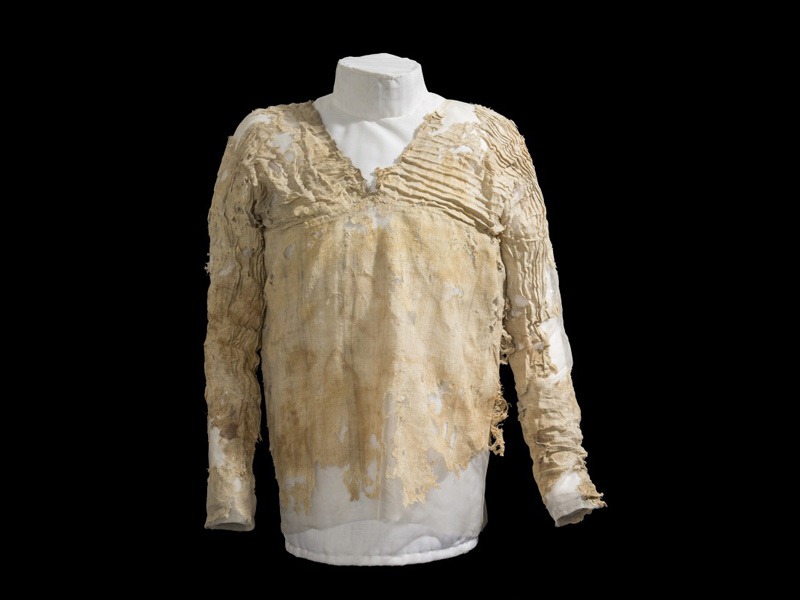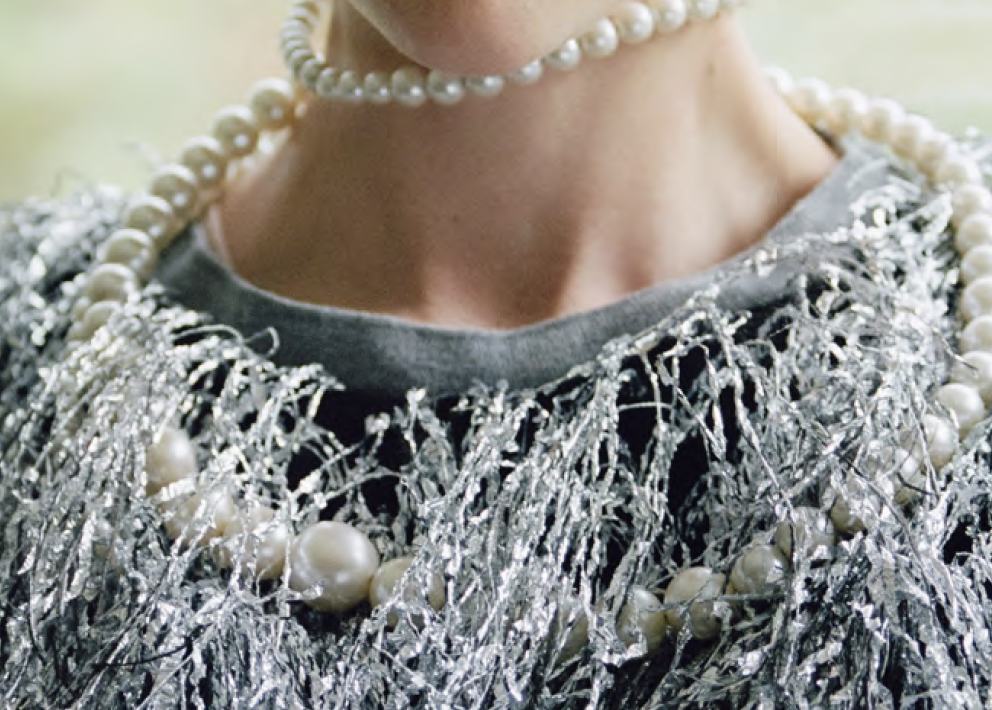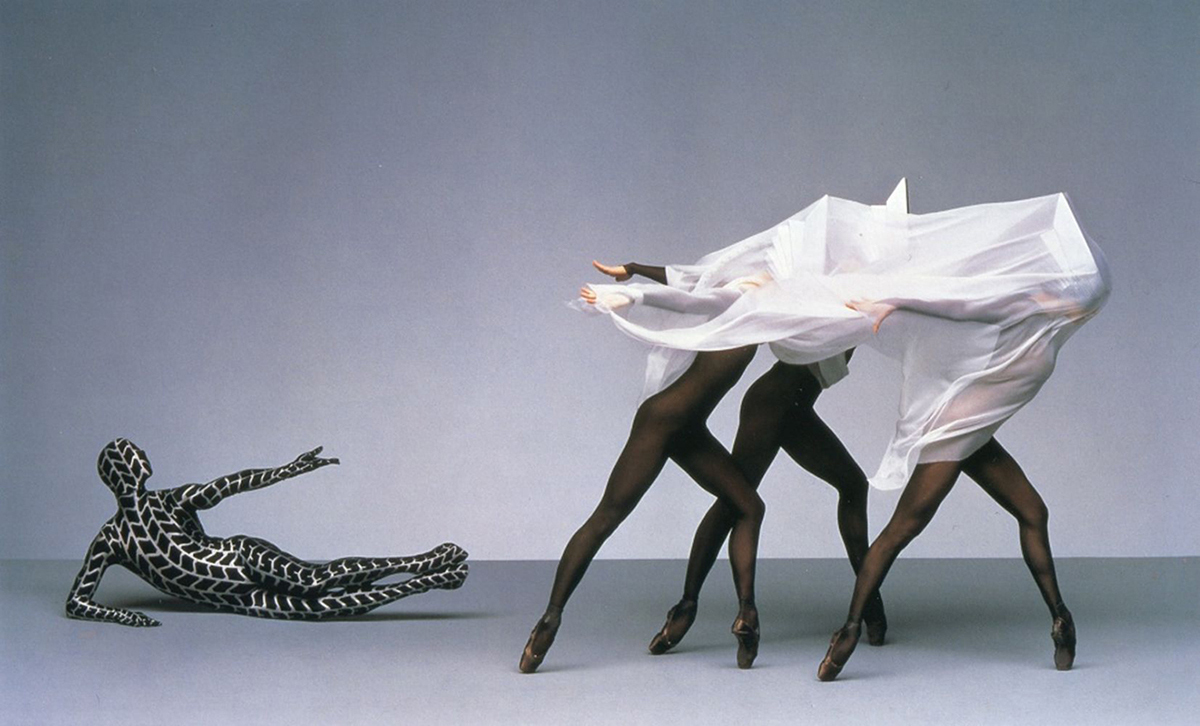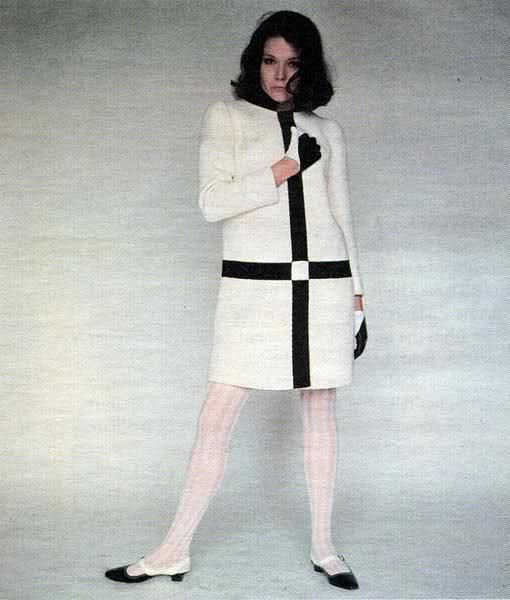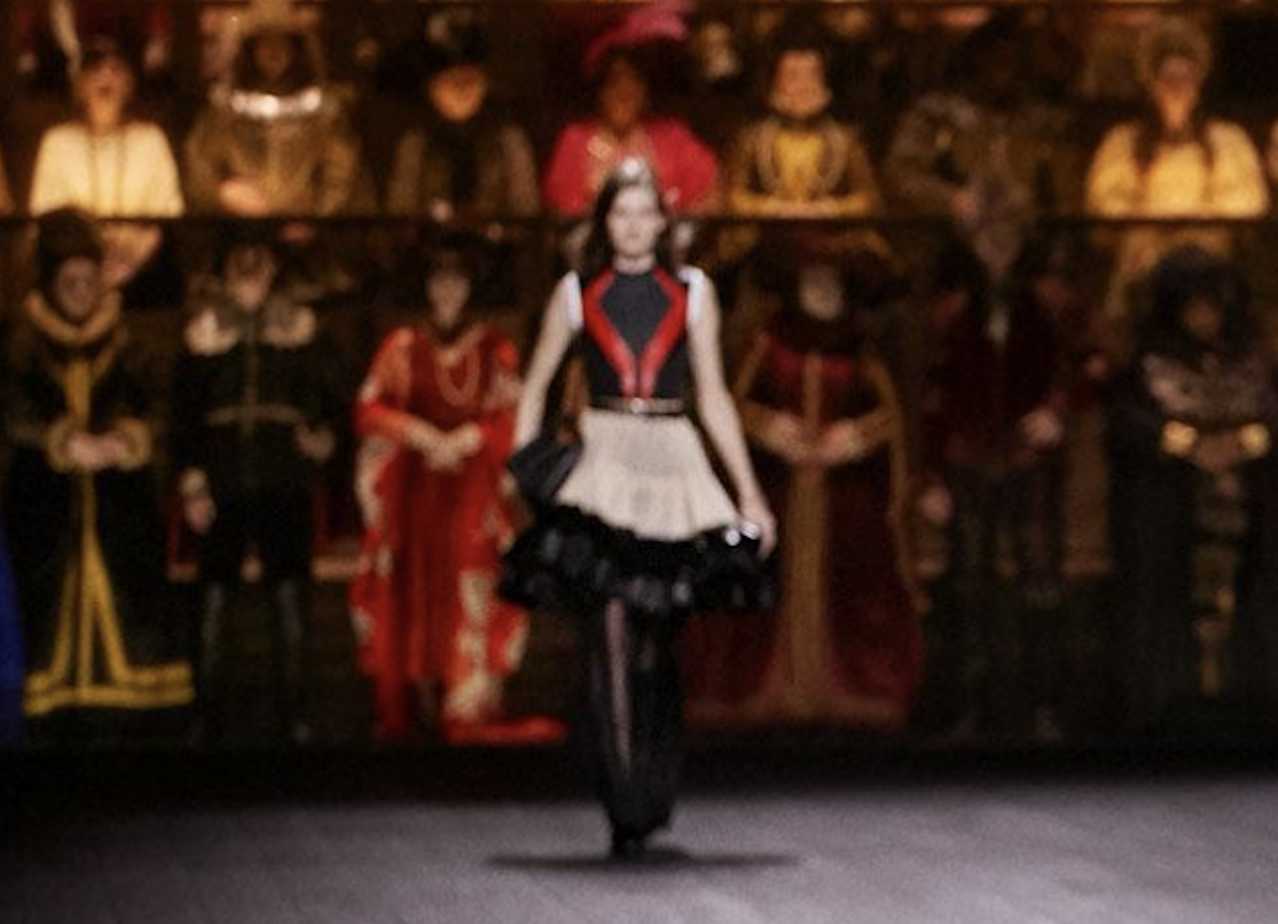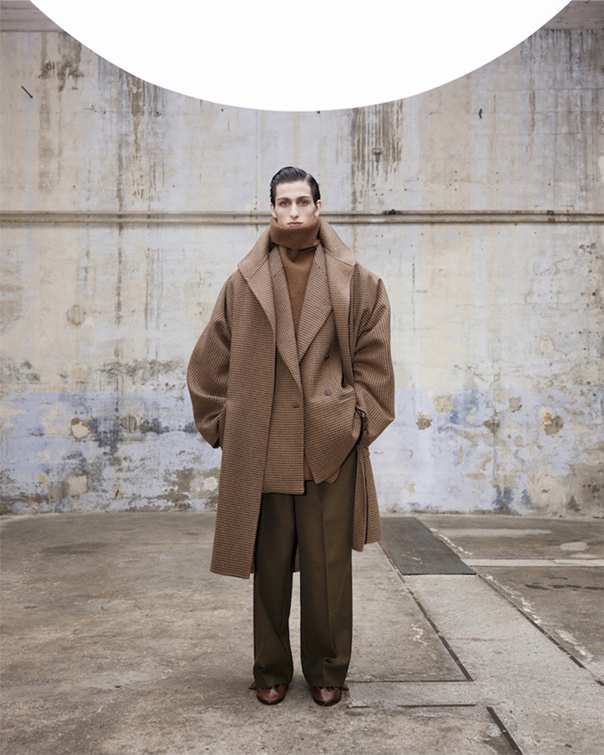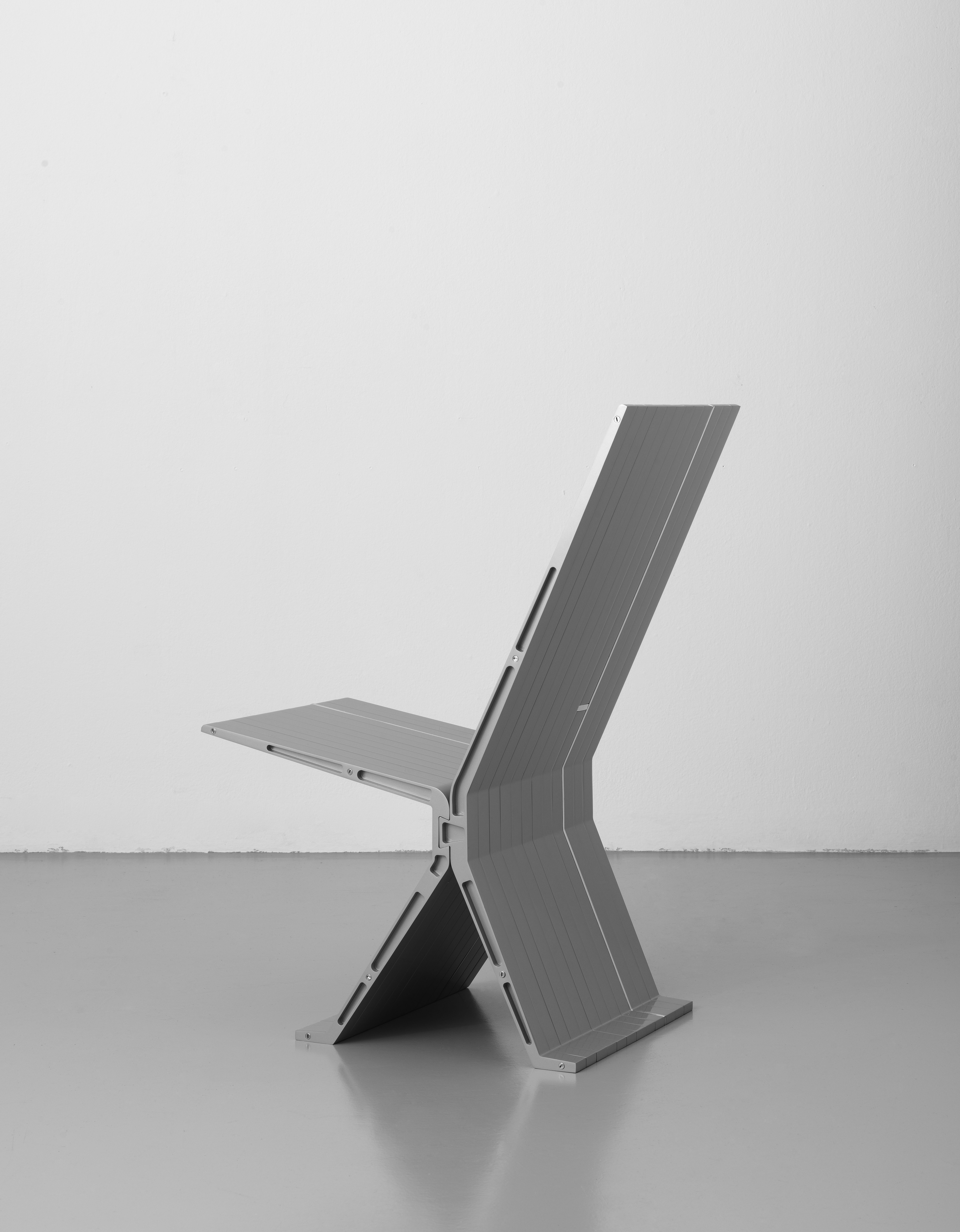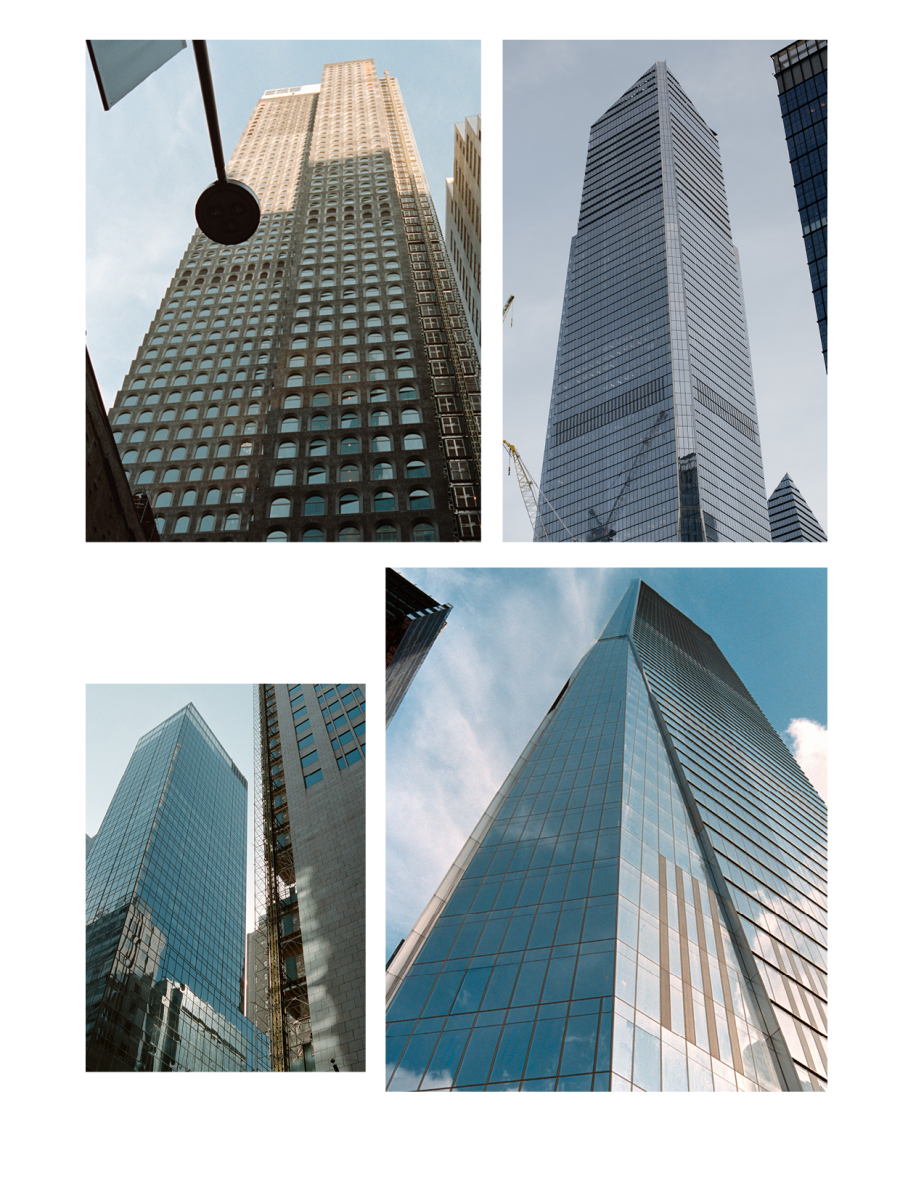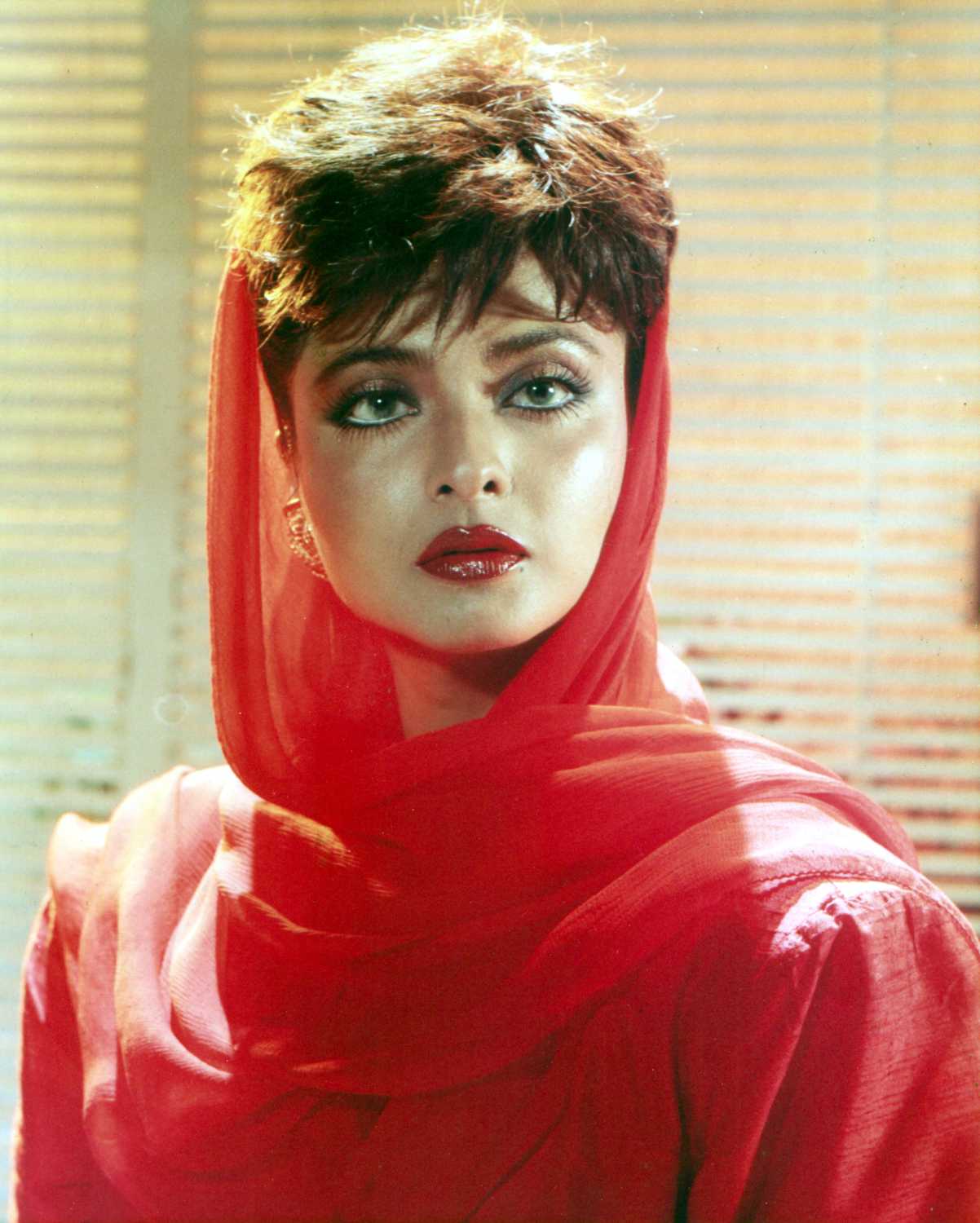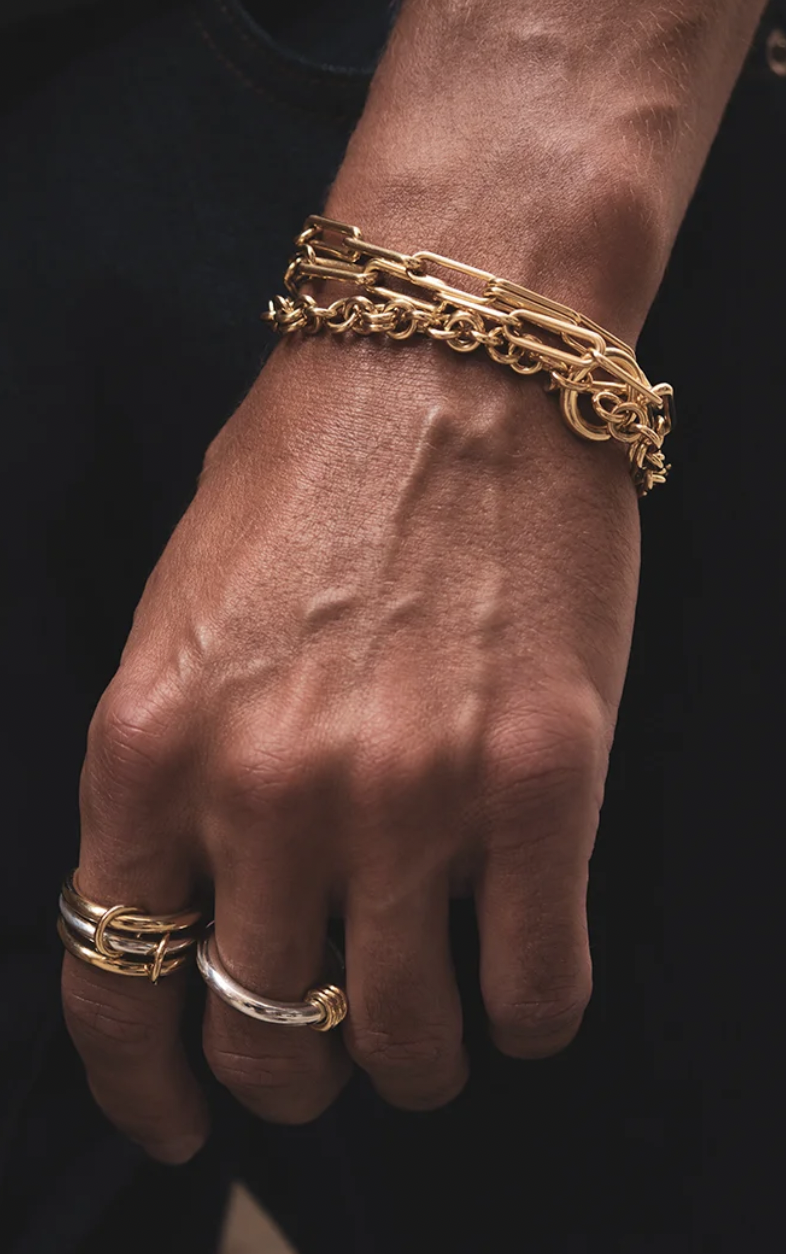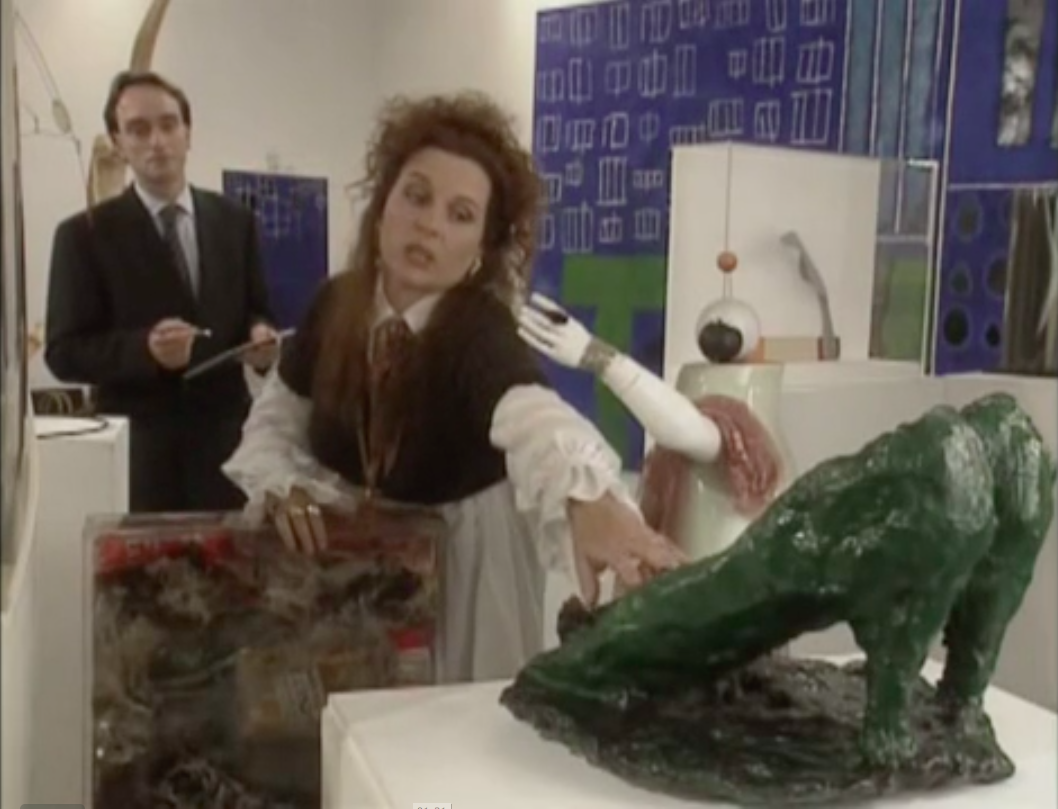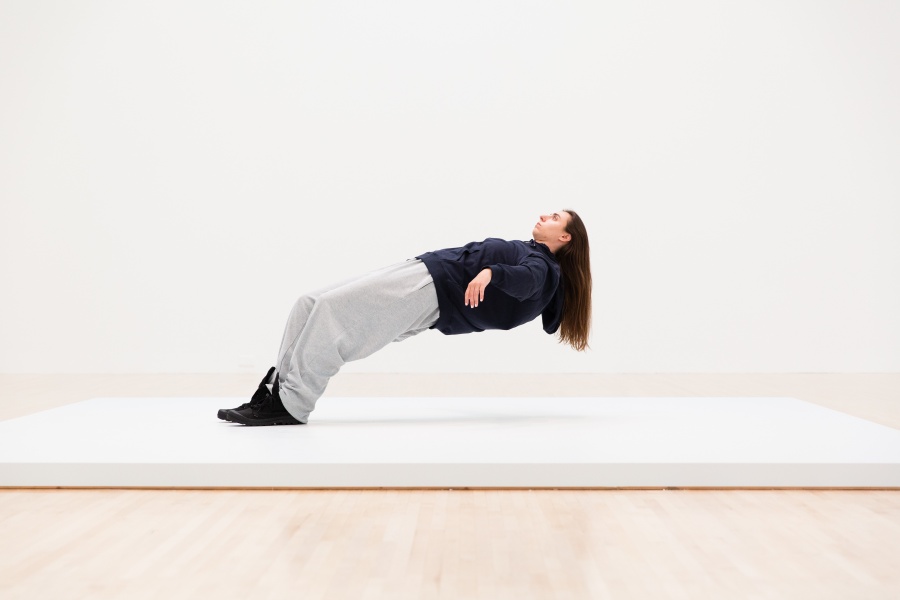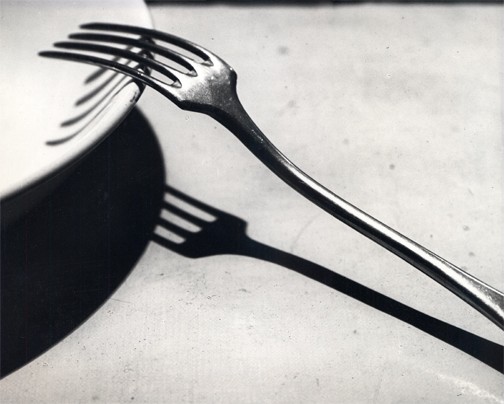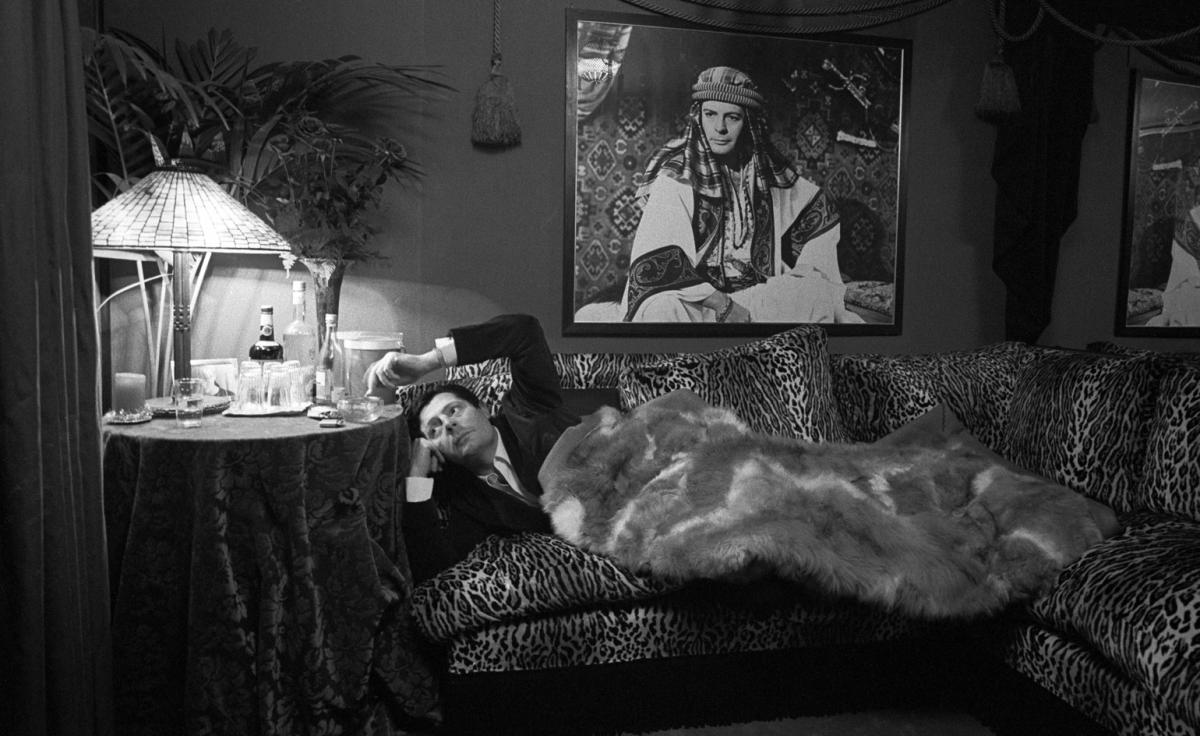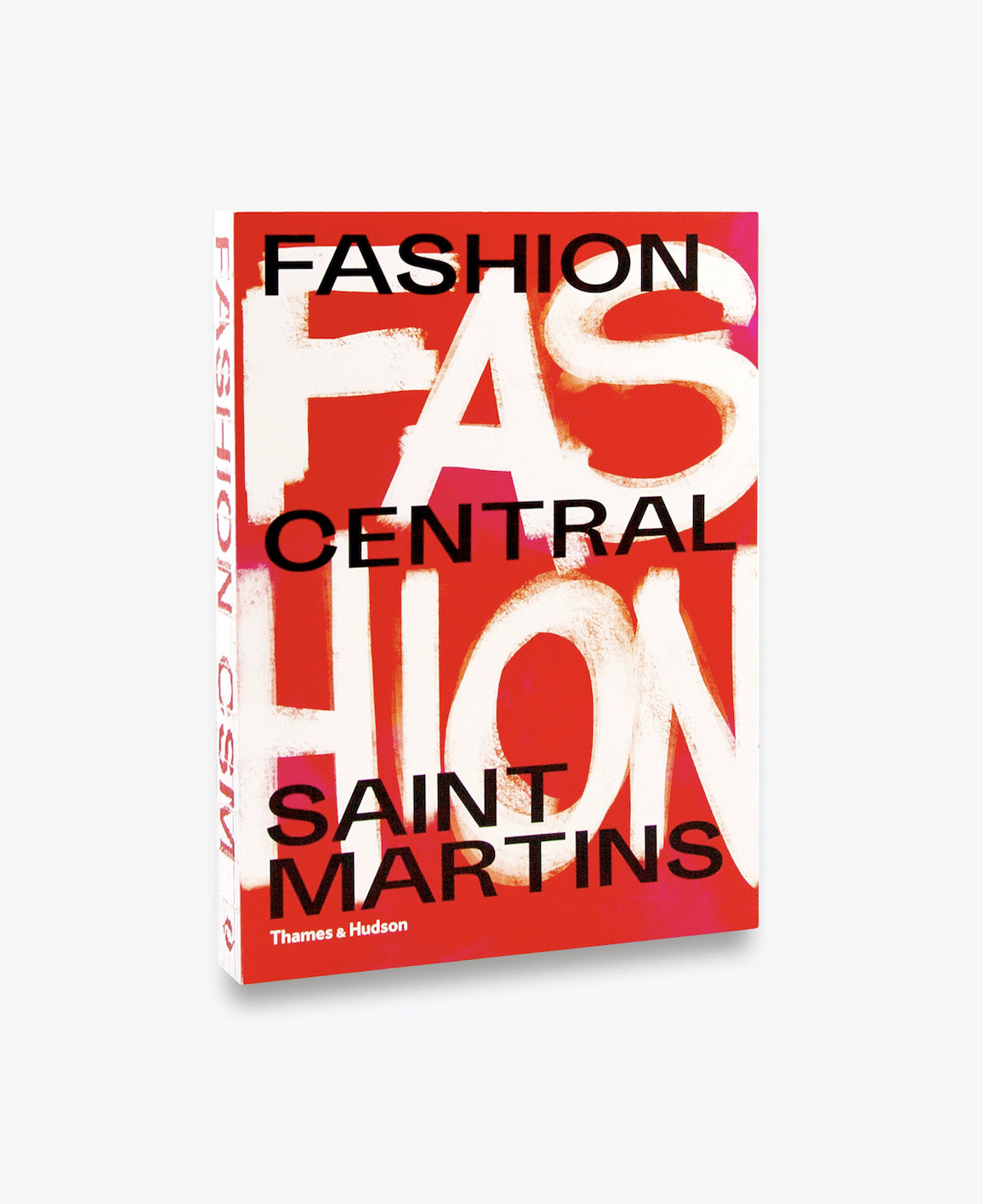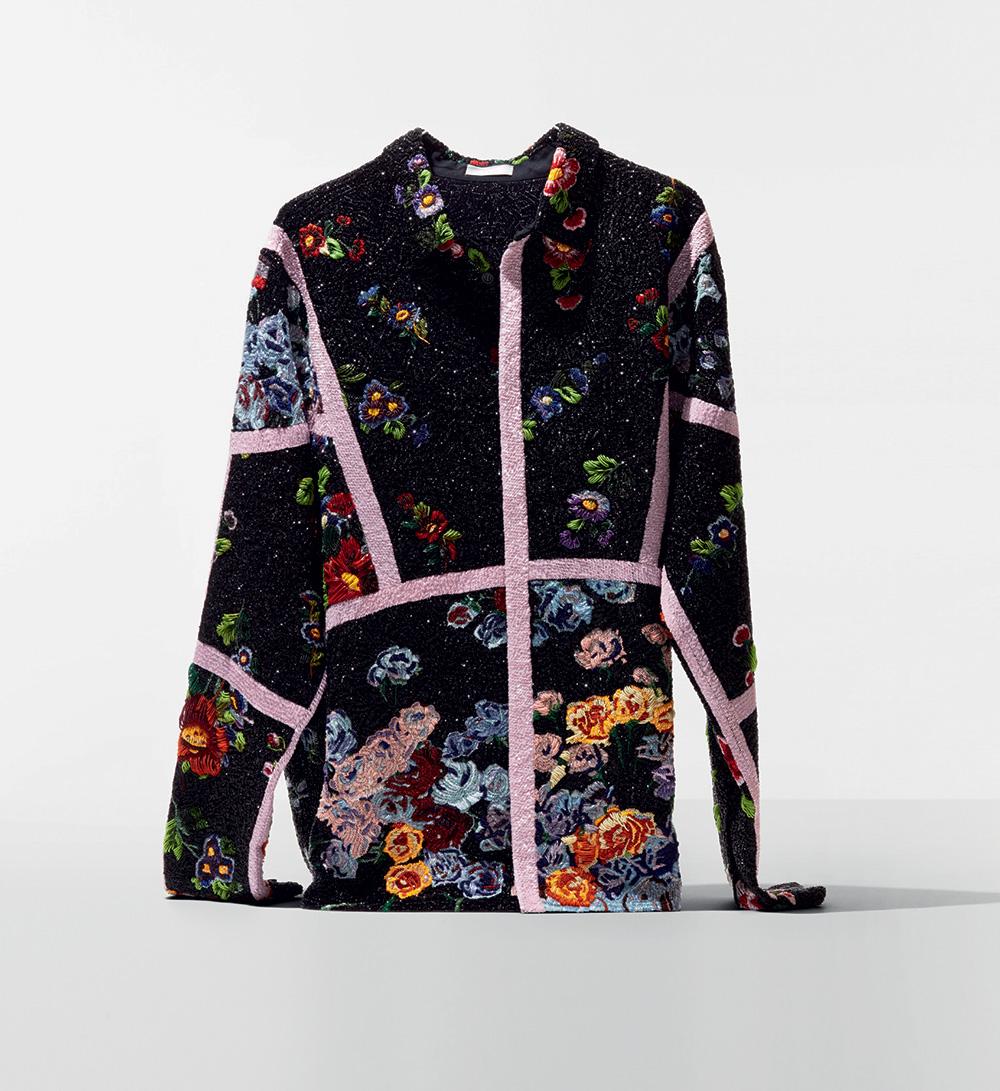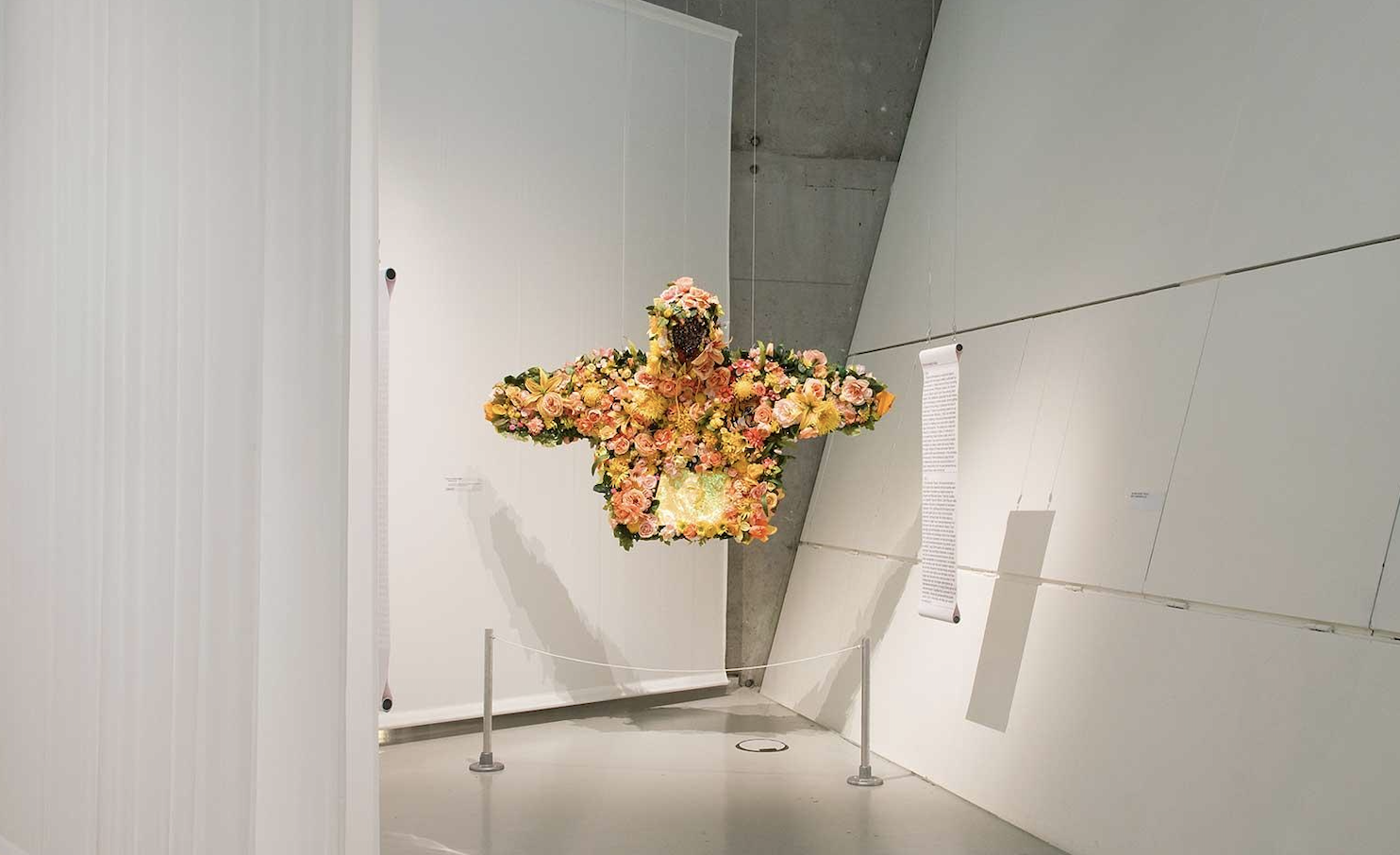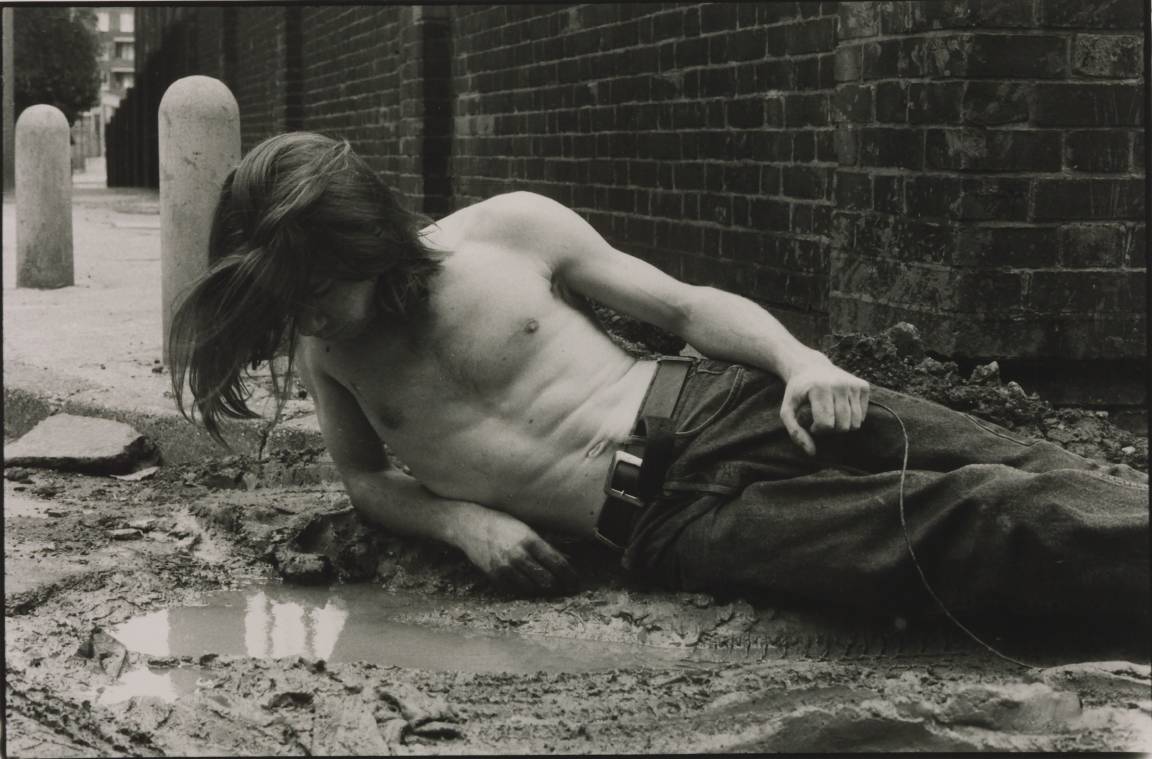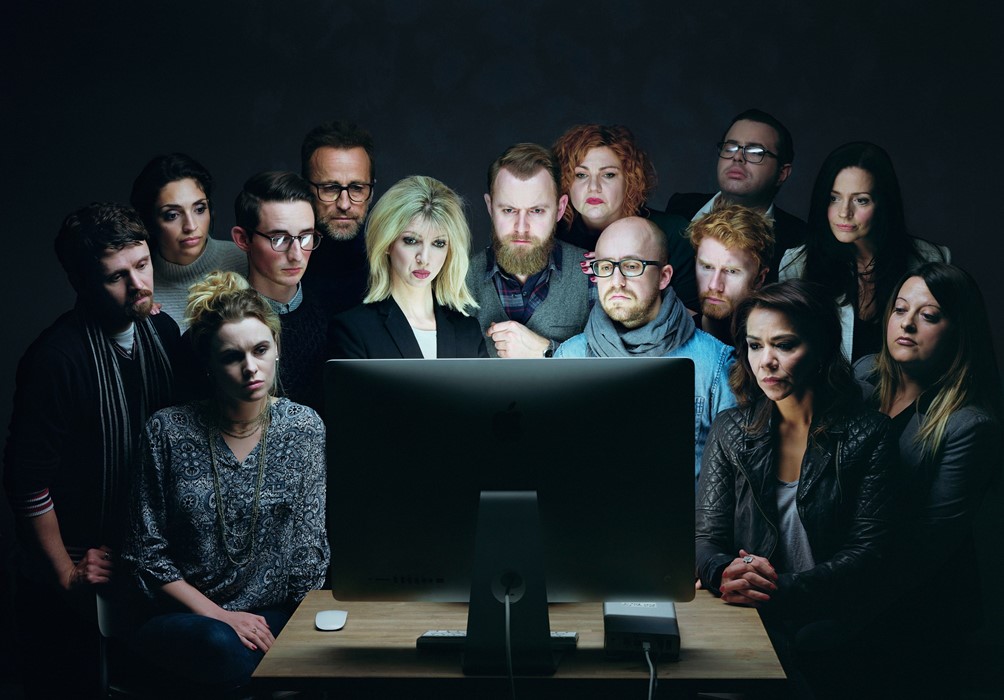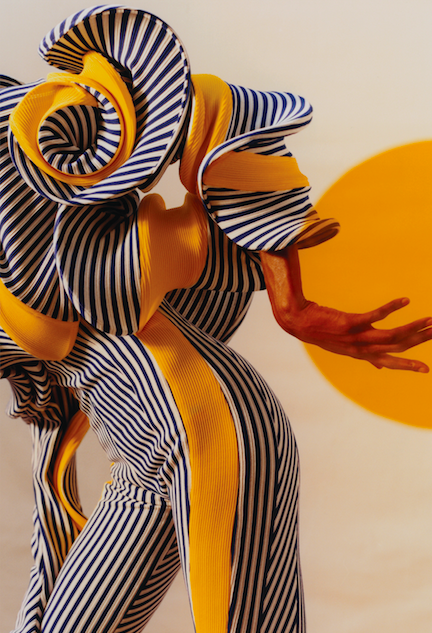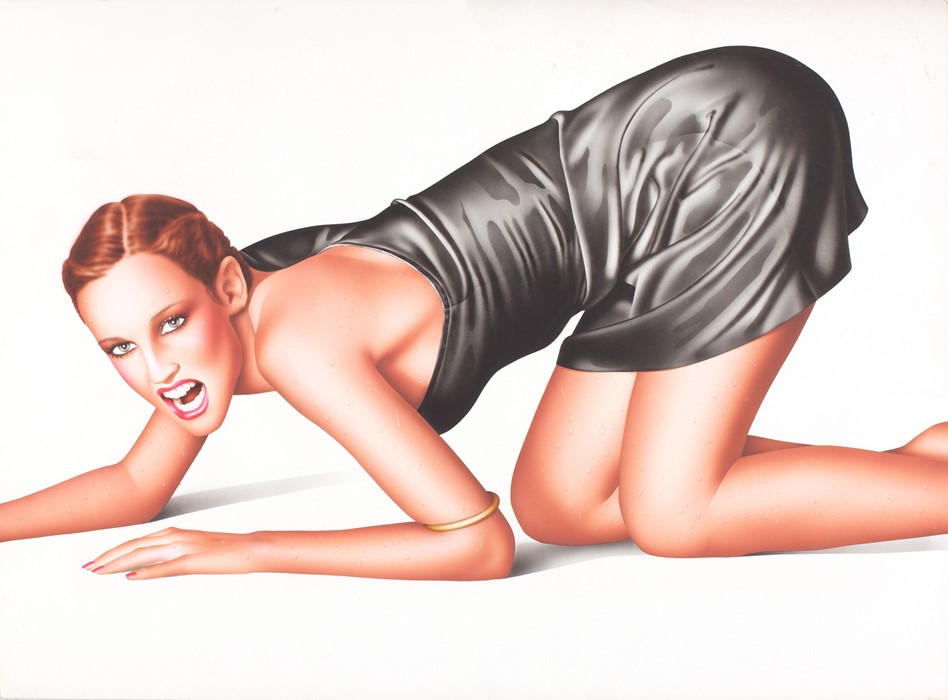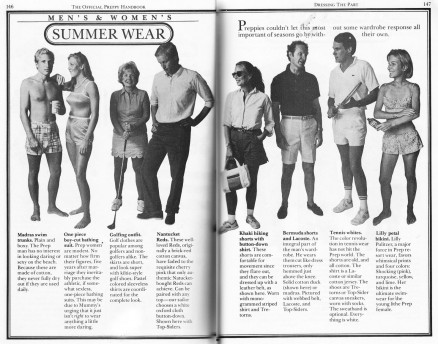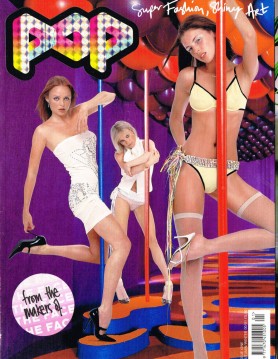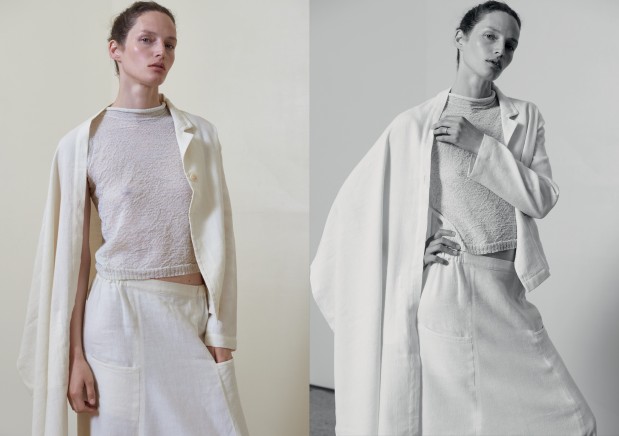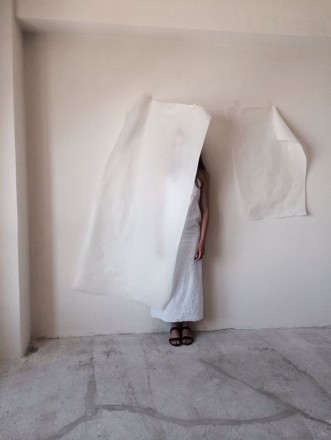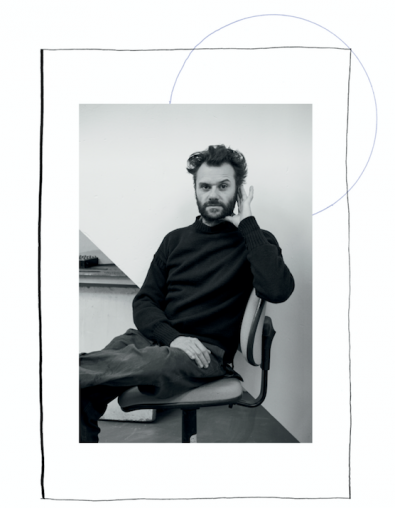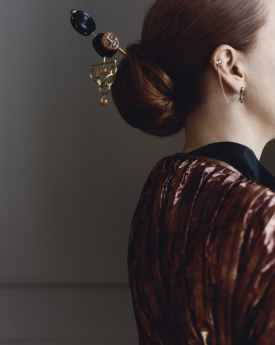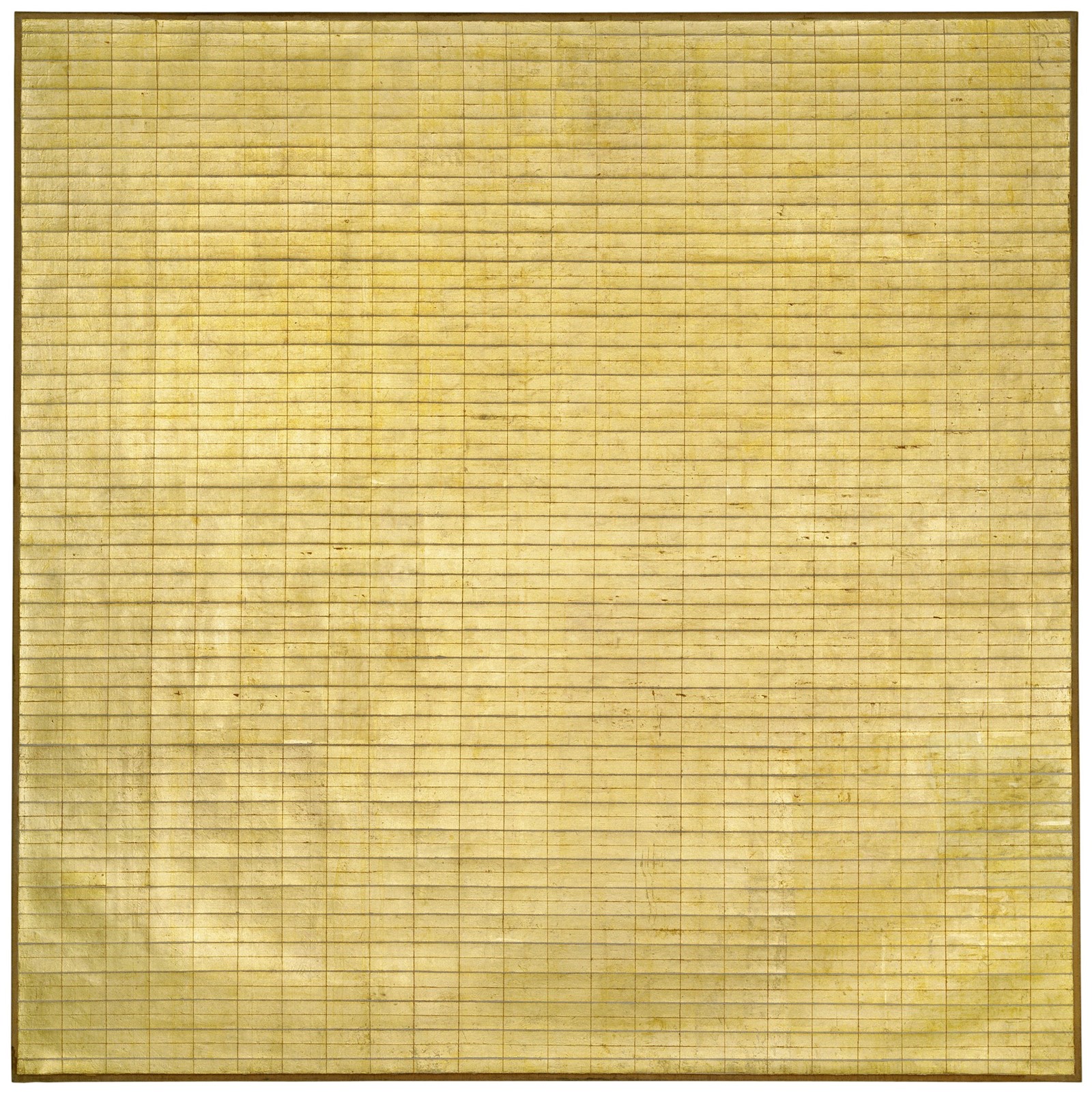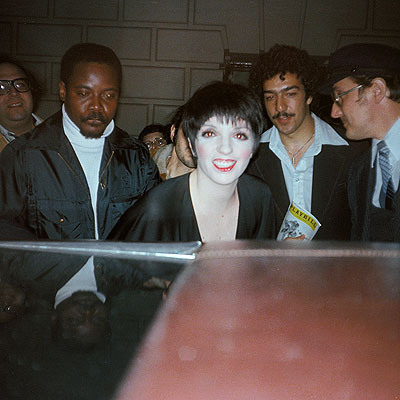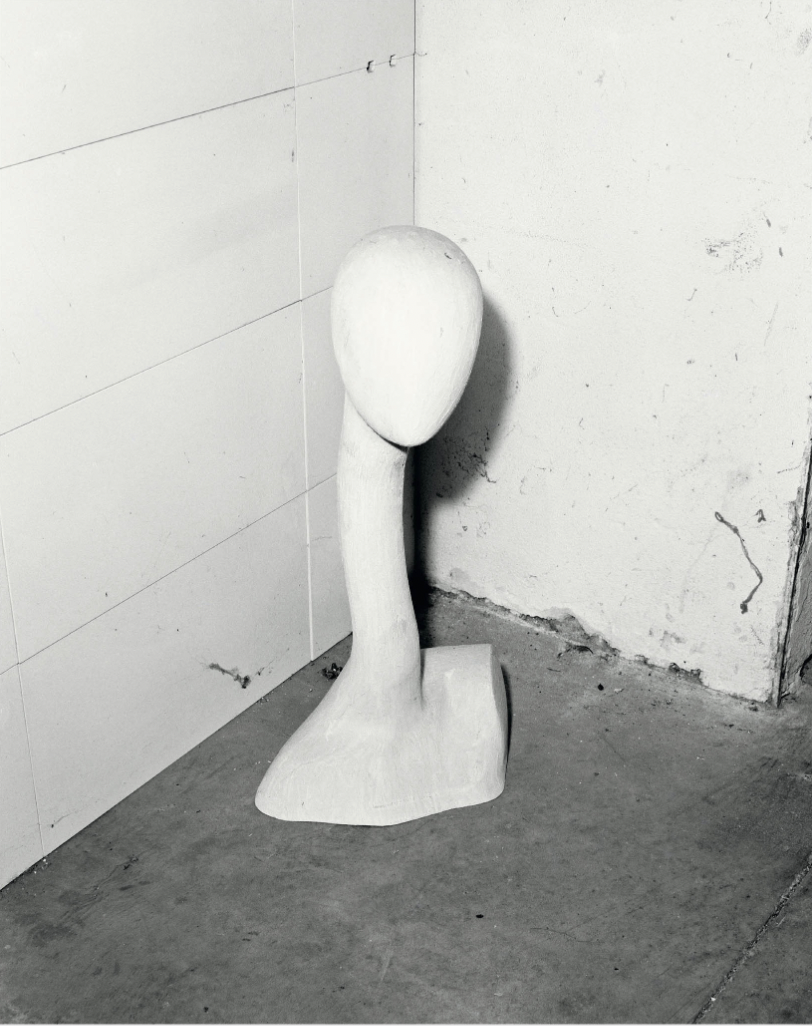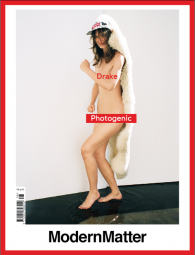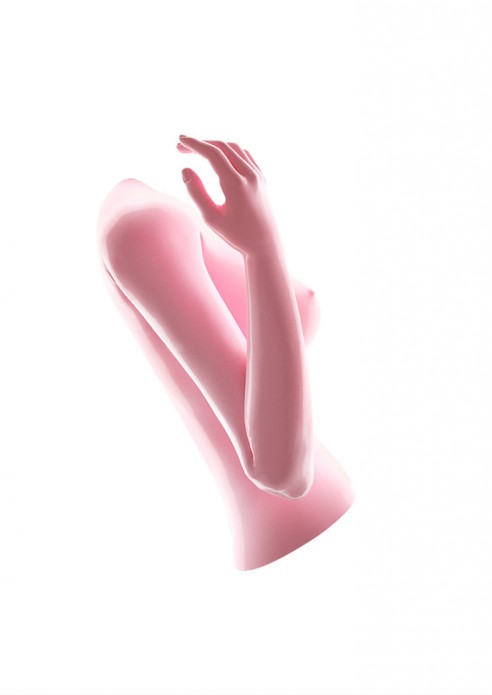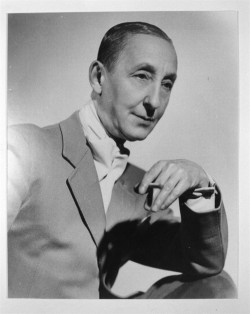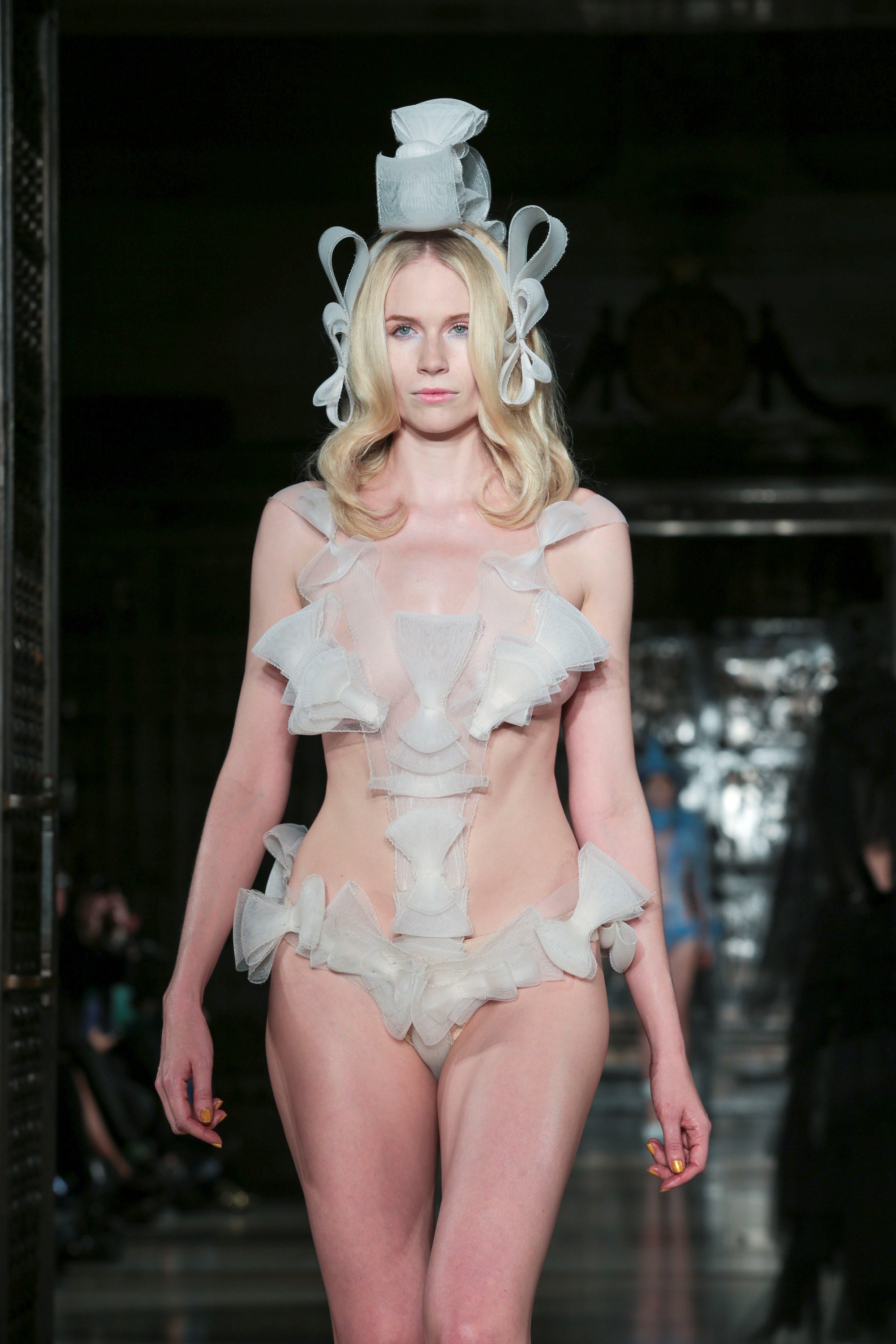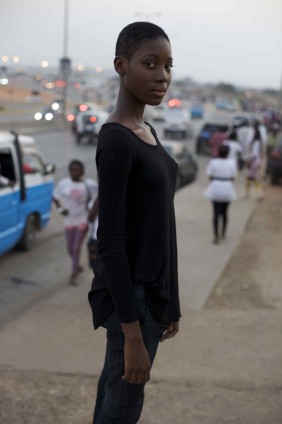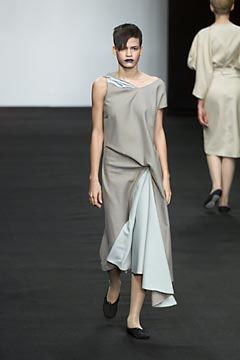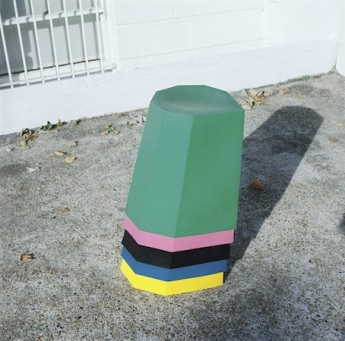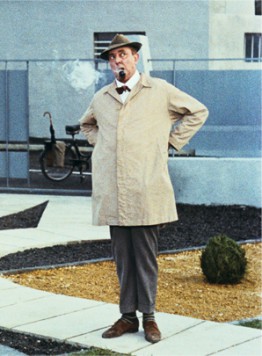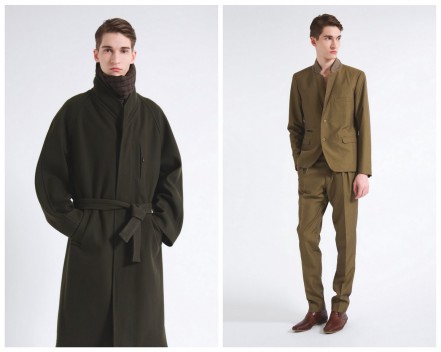September 2021
Not a Dress
︎︎︎Published in Viscose Journal
This “dress” is not a dress

Crew-neck t-shirts, long sleeve dresses, cotton and linen; I have been thinking about clothes that are non-descript yet omnipresent. The stuff that is rarely “reviewed.”
I thought about “one of the oldest garments from Egypt on display in the world.” It sits at the top of a tall wooden cabinet at the end of a poorly lit aisle of the UCL Petrie Museum of Egyptian Archaeology in London. Its caption – white 15-point text printed on red – reads:
The Tarkhan dress
UC2861
This dress is now one of the most famous objects in the Petrie Museum but it did not always look like this. It was excavated at Tarkhan, one of the most important cemeteries from the time Egypt was unified around 3000 BC.
Petrie’s teams excavated a pile of linen from a Dynasty 1 (c. 2800 BC) tomb in 1913. It was only in 1977, when this linen pile was cleaned by the Victoria and Albert Museum’s Textile Conservation Workshop, that the dress was discovered. It was then carefully stitched into Crepeline (a fine silk material used in textile conversation) and mounted. It is one of the oldest garments from Egypt on display in the world.
Early Dynastic Period, Dynasty 1, 2800 BC
![]()
This “dress” is not a dress – its hem is lost, so it’s impossible to know a precise length. I remember Episode 3 of BBC’s The Look documentary circa 1992, in which British Vogue’s former editor Liz Tilberis tells a story about sitting next to the Managing Director of Barneys at Calvin Klein’s Spring 1992 show. He complained that it had taken his customers some years to get used to having short skirts foisted onto them in the late 1980s, and now Calvin had gone long again: “he thought it was terrible, the longer skirt, and I said ‘you can’t fight it, you’re gonna have to go with it’… I mean, it has to happen, things should change.” You can always rely on the fluctuation of hemlines to give us something to think about.
![]()
The Tarkhan Dress is neither masculine or feminine by today’s standards. It looks like a V-neck shirt and is frayed and small. It can be dressed up or down. Worn with jeans or tailored pants, day or night. It could be from The Row or Saint Laurent, Uniqlo or Mango. It is perfectly unexceptional if we ignore its age.
A myriad of pale browns in colour, its sleeves are knife-pleated and very narrow. The elbows have no fabric left at them and the bodice is full of gaps. A thick roll of fabric stitched to form a seam down the forearm looks like the scars of cosmetic surgery – like Elizabeth Taylor’s puffy post-facelift visage in Larry Peerce’s Ash Wednesday (1973), they are plump and tender. They have a surgical precision that gives the Tarkhan Dress a strange, embodied postscript.
The places that wear down and out of our clothes have never changed – the elbows, the cuffs, the hem. I think about the weight of the coat on my shoulders, the frayed sleeve of my coveralls, and the metal button at the cuff that sometimes knocks my ankle bone. I notice the ball of my foot pressed hard to the floor and the bones in my body pushing against the corners of my clothes.

